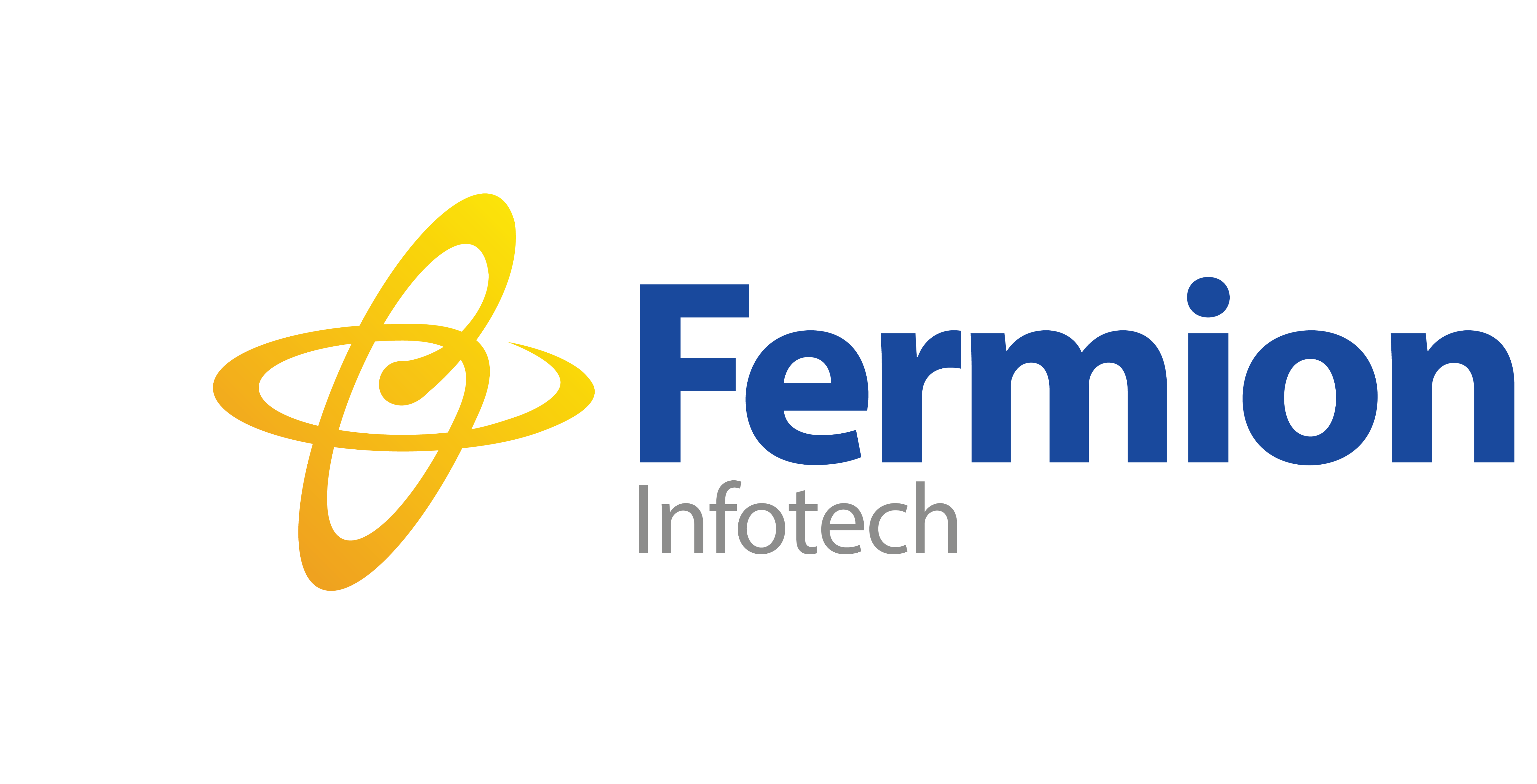BFSI players can leverage Open Banking and APIs to their advantage while safeguarding customer data, maintaining compliance, and driving innovation in the financial sector. While Open Banking and APIs offer great potential for innovation and convenience in the BFSI industry, they also come with inherent risks that need to be carefully managed. Here are some key ones:
Data Security and Privacy:
- Increased attack surface: Open APIs create more entry points for hackers to access sensitive financial data.
- Data breaches: Third-party providers (TPPs) accessing data could be compromised, leading to leaks and unauthorized access.
- Accidental data exposure: Human errors or misconfigurations in API implementation can lead to accidental data exposure.
Regulatory Compliance:
- Complex compliance landscape: Banks need to comply with various regulations regarding data sharing, user consent, and security, which can be challenging with Open Banking.
- KYC/AML risks: Verifying the identity and Anti-Money Laundering (AML) checks for TPPs add complexity and potential for fraud.
Business Model Disruption:
- Commoditization of services: Open APIs can make core banking services accessible to new players, potentially eroding traditional banks’ competitive edge.
- Loss of customer relationships: If customers migrate to TPPs for specific services, banks may lose valuable customer data and engagement.
Other Risks:
- Third-party risk management: Assessing and monitoring the security and reliability of TPPs requires robust due diligence processes.
- Operational complexity: Implementing and managing Open Banking infrastructure requires significant investment and ongoing maintenance.
- Lack of trust and transparency: Some customers may be hesitant to share their data due to privacy concerns and lack of transparency in data usage.
However, the risks can be mitigated with these strategies:
- Robust security measures: Employ strong encryption, authentication protocols, and regular security audits.
- Strict data governance: Implement clear data access controls, consent management, and data usage policies.
- Thorough TPP vetting: Conduct rigorous due diligence and ongoing monitoring of TPPs’ security and compliance practices.
- Customer education and transparency: Clearly communicate data sharing practices, privacy policies, and customer control mechanisms.
- Investment in technology and compliance: Allocate resources to build secure and compliant Open Banking infrastructure.
While the open banking landscape might seem like a thrilling tightrope walk, remember, you don’t have to navigate it alone. With the comprehensive risk management solutions, you can transform the thrill into a smooth, controlled ascent, reaching new heights of innovation and customer satisfaction.

